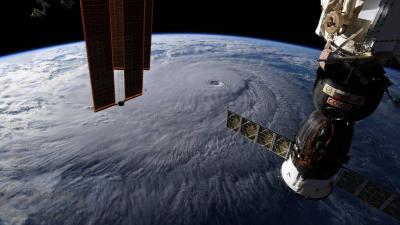The Russian government recently approved a draft law to formalize the agreement with China for the establishment of a joint lunar station. It is noted that China has examined the experiences gained from the United States and the Soviet Union in the field of space exploration and has charted its own path, achieving significant milestones. This includes sending the first Chinese astronaut into space, establishing the Chinese orbital space station, and launching spacecraft to the Moon and Mars. Additionally, China has established three spaceports, with a fourth one currently under construction.
Currently, China is developing a new generation crewed spacecraft called "Mango" (the Dream Craft) and plans to send supplementary modules to its orbital station, including a space telescope. So far, it has completed five lunar missions, aimed at testing operations in lunar orbit, achieving safe landings on the moon's surface, driving rovers, creating a three-dimensional map of the lunar surface, returning lunar rock samples to Earth, conducting the first automatic docking in lunar orbit under the "Chang'e-5" mission, and sending two satellites into lunar orbit to relay signals to and from probes and rovers on the moon's surface and orbit.
Among the significant steps toward lunar exploration and future achievements is the establishment of the International Scientific Lunar Station, a joint project between Russia and China in cooperation with Azerbaijan, Belarus, the United Arab Emirates, Pakistan, and South Africa. This presents an opportunity to enhance capabilities in building space stations and units, as well as to strengthen relationships among countries with the potential for further collaborative space projects.
Moreover, Russian specialists, through such close cooperation, can learn valuable systematic and precise methodologies from their Chinese counterparts to advance the space program and support further exploratory missions. According to the roadmap for establishing the international lunar station, the base will be constructed in five phases. The first phase involves building the command center and the infrastructure for energy and communications. In this phase, Russia's primary role will be launching its two lunar projects "Luna-26" and "Luna-27," which will be integrated into a single program with Chinese missions Chang'e-6 and Chang'e-7.
The remaining four phases are primarily linked to conducting scientific experiments, collecting soil samples, and studying them directly on the lunar surface. As a result, the lunar station is expected to become a scientific hub that combines exploration, production, processing, and the study of a wide range of lunar soil samples and meteorites from the Moon's surface.
This project is unprecedented, making it difficult to discuss the division of labor among the participating entities at this stage. Further data regarding Russia's competencies, capabilities, and funding is anticipated after finalizing the agreement and developing the program in greater detail. In this context, it can be stated that the international scientific lunar station has the potential to become the most significant space project of the 21st century, and it is essential not to miss the opportunity to contribute to it.




